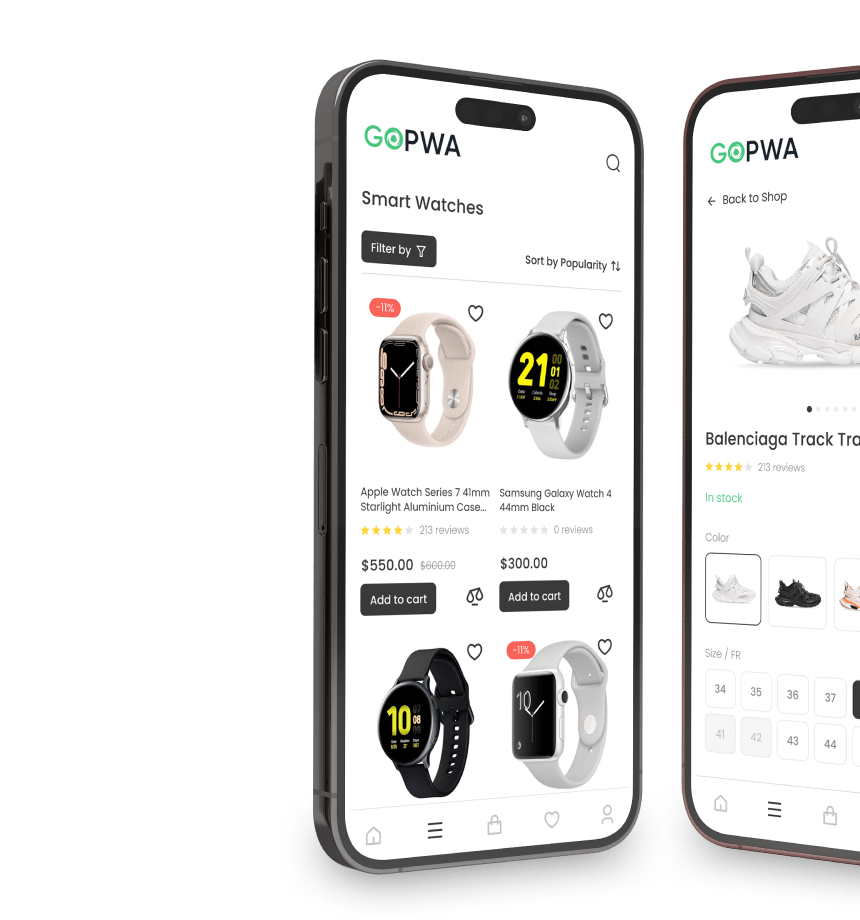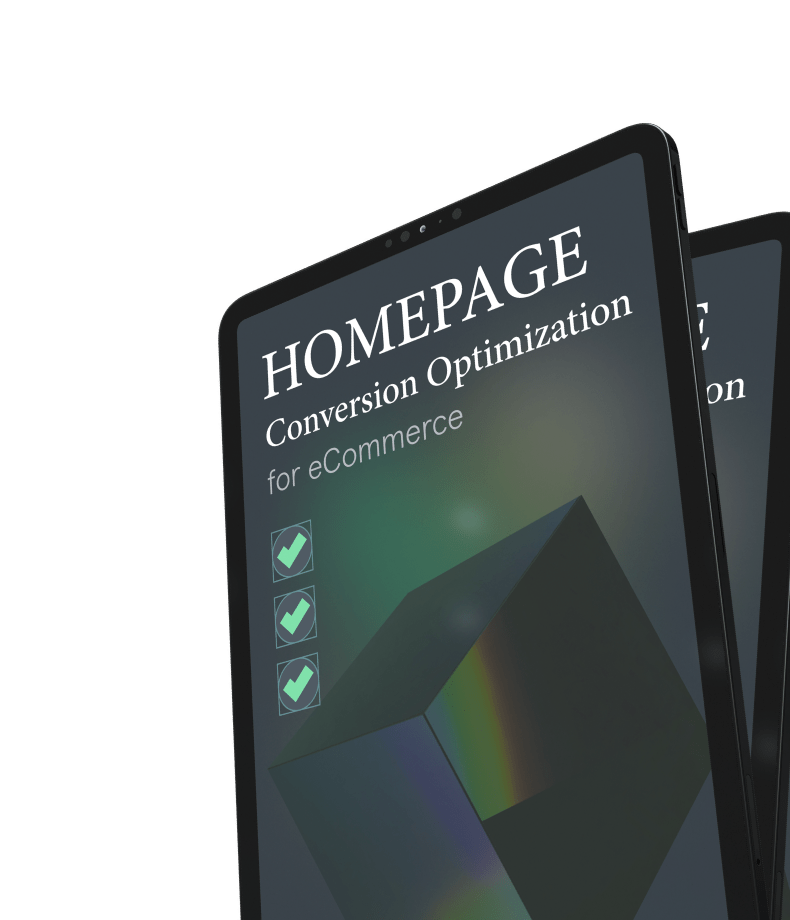The eCommerce industry has witnessed exponential growth over the past decade, revolutionizing the way people shop and businesses operate. As the digital landscape continues to expand, businesses are increasingly realizing the importance of implementing effective marketing strategies to stand out in the highly competitive online marketplace. From small startups to established enterprises, eCommerce businesses are seeking innovative ways to attract, engage, and convert customers.
In this article, we will delve into the world of eCommerce marketing and explore the best strategies that can help businesses thrive in the ever-evolving digital realm.
#1 Leverage social media
eCommerce businesses continue to recognize the significant value of social media marketing for two key reasons. Firstly, it serves as an excellent platform to connect with potential customers and generate greater visibility at the top of the sales funnel. Secondly, it acts as a hub where customers often share their brand experiences and directly communicate with the company.
For this reason, eCommerce stores should establish a strong organic presence across various relevant social media platforms, including but not limited to Facebook, Twitter, Instagram, Pinterest, TikTok, and Snapchat. By maintaining an active and engaged presence on these platforms, businesses can effectively leverage the power of social media to expand their reach, build relationships with customers, and enhance their brand’s overall online presence.
#2 Optimize your site layout
Once you have launched or redesigned your eCommerce site, it becomes crucial to optimize its layout, language, and placement of conversion elements through rigorous testing. The goal is to ensure that visitors find it effortless to navigate, feel naturally inclined to make purchases, and have clear instructions on how to do so.
Testing the language displayed on your landing and product pages, as well as the language used in conversion elements, can yield valuable insights. Additionally, strategically placing icons and elements can greatly influence user behavior. Usability testing methods can be employed to accomplish these objectives.
For this purpose, you can use heatmap software that can unveil significant patterns in customer behavior on your website. For example, it can help identify the most captivating areas of your website based on visitor movement data. Different colors visually indicate where customers spend the most and least amount of time. If a specific area garners more attention, it would be wise to relocate your conversion elements (such as call-to-action buttons or sign-up forms) to these more appealing zones, thus increasing click-through rates (CTR).
Consulting Get your website back on track to high profits. We’ll identify what’s wrong with your website, choose the best tools, and fix any issues keeping your business from growing.

#3 Encourage user-generated content
By tapping into the content created by your customers, you can harness their authentic experiences and enthusiasm to drive engagement, build trust, and boost sales. User-generated content serves as social proof, providing potential customers with real-life testimonials and product reviews that validate their purchasing decisions. It allows you to showcase your products in a genuine and relatable way, as customers share their photos, videos, and stories.
By actively encouraging and promoting user-generated content, you not only amplify your brand’s reach but also foster a sense of community around your products. This strategy not only saves on content creation costs but also creates a stronger connection with your audience, as they become active participants in your brand’s story.
#4 Optimize for mobile
With mobile users dominating internet usage, particularly in the realm of eCommerce, it is vital to meet their expectations and deliver a seamless user experience (UX) for everyone. Redirecting visitors to an app or a web version of your site is not what they desire; they expect the complete package. Thus, investing in enhancing your website’s responsiveness is crucial. UX strategies stand as paramount eCommerce marketing strategies since retaining users who visit your site is of utmost importance; a bouncing user holds minimal value.
Moreover, employing mobile marketing techniques allows you to specifically target mobile users. Among the popular marketing trends, geo-targeting stands out, enabling you to advertise to mobile users based on their location. This technique empowers you to engage with customers who are in close proximity to your business and entice them to visit or make a purchase by providing incentives. By leveraging mobile marketing, you can effectively tap into the potential of location-based targeting and seize opportunities to drive foot traffic and conversions.
#5 Display social proof and trust signals
In the competitive online marketplace, establishing trust and credibility is crucial for driving conversions and winning over hesitant customers. By showcasing social proof such as customer reviews, ratings, and testimonials, you provide potential buyers with evidence that others have had positive experiences with your products or services. This form of validation can significantly influence purchasing decisions, as it builds confidence and reduces perceived risks.
Additionally, incorporating trust signals like security badges, certifications, guarantees, and endorsements from reputable organizations or influencers further enhances the trustworthiness of your brand. By prominently displaying social proof and trust signals throughout your website and marketing materials, you instill a sense of reliability and authenticity, helping to overcome buyer skepticism and ultimately driving more sales.
#6 Try remarketing and retargeting campaigns
Persistence is key when it comes to converting potential buyers. Often, customers are not ready to make a purchase immediately due to various reasons such as uncertainty, time constraints, or the need to compare options. To keep your brand fresh in their minds and encourage their return, it’s important to employ effective remarketing and retargeting strategies. For instance, sending abandoned cart emails serves as a reminder of the items customers were considering, nudging them to complete their purchase.
Additionally, leveraging retargeted Facebook ads can specifically target individuals who have shown interest in your products or have items in their shopping cart. By presenting similar offerings to what your existing customers have purchased in the past, you can increase the likelihood of conversions. These strategic efforts help re-engage potential customers, provide personalized recommendations, and ultimately boost your eCommerce sales.

#7 Offer comparison guides
Offering comparison guides is a valuable eCommerce marketing strategy that helps customers make informed purchasing decisions and positions your brand as a trusted resource. Comparison guides provide a detailed analysis of different products or options within your industry, highlighting their features, benefits, and drawbacks. By presenting objective and unbiased information, you empower potential buyers to evaluate options effectively and choose the product that best fits their needs.
This strategy not only establishes your brand as an authority in the field but also demonstrates your commitment to customer satisfaction. Comparison guides can be shared on your website, through blog posts, or as downloadable resources, attracting organic traffic and increasing engagement.
#8 Focus on VR and wearable technology
Focusing on wearable technology and Virtual Reality (VR) presents an emerging and captivating approach to engage users. These technologies offer a unique opportunity to reach an audience that is still relatively new to this technology and not yet saturated with advertisements. The target audience for wearables and VR is often a niche group of tech-savvy individuals who embrace the latest trends and are willing to invest in cutting-edge products.
While creating campaigns for these platforms can be costly, the potential returns can be substantial, as a more targeted audience is more likely to convert. However, it is important to assess whether wearables and VR are familiar to your specific audience before making significant investments. Conducting surveys or using other customer feedback tools can provide valuable insights and help gauge customer reception before diving into these marketing strategies.
#9 Encourage wishlists
Have you ever added something to your wishlist only to forget about it later? We bet you have done it multiple times. Unless you suddenly feel an urge to purchase the items on your wishlist, they often slip from your memory. It is essential not to overlook the potential of wishlists as they hold significant conversion opportunities.
The very nature of wishlists implies that your visitors desire to purchase those items. If they abandon their lists without completing the purchase, there might be something missing, such as a gentle reminder or an enticing incentive. One effective method to reactivate forgotten wishlist items is by sending wishlist reminder emails. These emails should present wishlist items with a clear and simple design, accompanied by a compelling call-to-action to encourage visitors to reconsider their purchase.
However, the question remains: How can you incentivize visitors to create wishlists in the first place? One approach is to offer discounts on wishlist items specifically for your subscribers. By creating a special code that applies exclusively to their wishlist items, you can cultivate a sense of exclusivity and significantly increase the likelihood of converting those idle wishlist items into actual sales.
#10 Optimize for SEO
By optimizing your website for search engines, you can increase organic visibility and attract targeted traffic to your online store. This involves conducting keyword research to identify search terms used by your target audience to create and publish relevant content and incorporate those keywords into meta tags, headings, and URLs. Additionally, optimizing your product descriptions, images, and site structure enhances the user experience and improves search engine rankings.
By focusing on technical aspects like site speed, mobile responsiveness, and secure browsing, you create a seamless browsing experience for both users and search engine crawlers. A well-executed SEO strategy positions your website higher in search engine results, making it more likely for leads to discover and visit your store.
#11 Leverage interactive site search
The search function often goes unnoticed on eCommerce stores, despite its significant potential. Many eCommerce marketers fail to recognize that users who utilize the search feature have a strong intention to make a purchase and are ready to buy. Therefore, it is crucial to enhance the usability of the search feature and make it more interactive.
There are various ways to achieve this. Firstly, you can consider displaying product images as users type in their search terms. This visual representation can help users quickly identify the desired products and streamline their search experience. Additionally, improving filters is another effective strategy, enabling users to search by specific attributes such as color, size, design, and more. By providing these advanced filtering options, you empower users to refine their search results and find exactly what they are looking for with ease.
#12 Initiate a cart abandonment SMS campaign
Text messaging provides a more personalized way to engage with your audience. Through SMS, brands can send targeted messages reminding customers about the items they left behind, offering incentives like discounts or free shipping to encourage conversion. The immediacy and high open rates of SMS messages make them an ideal channel for re-engaging customers and prompting them to complete their purchases.
Launching a cart abandonment SMS campaign can be further enhanced by utilizing specialized tools designed specifically for this purpose. These tools provide advanced features and automation capabilities, enabling businesses to streamline their campaigns and maximize their effectiveness.
With features like automated SMS triggers, personalized message templates, and real-time analytics, these tools allow businesses to send targeted and tailored messages based on customers’ browsing and purchasing behavior. Additionally, they provide insights into customer engagement and conversion rates, helping businesses fine-tune their strategies and optimize their ROI.

#13 Start Google Shopping campaigns
Google Shopping is a marketing platform introduced by Google with the aim of enhancing the search experience for users seeking to make online purchases.
By showcasing a brand’s products on Google Shopping, two key objectives are accomplished. Firstly, it enhances the brand’s search engine optimization endeavors by increasing visibility in relevant search results and attracting a higher volume of organic search traffic. Secondly, Google Shopping serves as an additional profitable avenue for sales, providing brands with an opportunity to reach a wider customer base and generate more revenue.
#14 Leverage the subscription model
By implementing a subscription-based approach, you can enhance customer loyalty, drive repeat purchases, and encourage referrals. Contrary to a common misconception, your entire business doesn’t have to be based solely on subscriptions. Many companies, such as Gillette, have successfully launched separate subscription products alongside their regular offerings.
There are three primary types of subscription boxes to consider:
- Replenishment. It focuses on offering items that customers frequently repurchase, like razor blades, soap, or pet food. Starting with local delivery allows you to optimize shipping costs, gradually expanding to additional regions over time.
- Curation. It involves providing highly targeted product suggestions and combinations that save customers time and offer convenience, such as ThreadBeast’s motto, “One less trip to the mall”.
- Access. It offers exclusive products that are difficult to find elsewhere. For example, you could offer a subscription service that allows customers to “rent” jewelry worth over $3,000 and enjoy new pieces every month.
#15 Sell on marketplaces
Selling on marketplaces enables businesses to tap into vast customer bases and leverage the popularity and reach of established online platforms. Marketplaces like Amazon, eBay, and Alibaba provide businesses with ready-made platforms to showcase and sell their products to a wide audience. By listing products on these marketplaces, businesses gain access to millions of potential customers actively searching for products. Moreover, marketplaces handle various aspects of the selling process, including payment processing, customer support, and shipping logistics, easing the burden on businesses.
This strategy not only expands brand visibility but also enhances credibility and trust, as customers often rely on the reputation of the marketplace itself. Additionally, marketplaces offer features like customer reviews, seller ratings, and marketing tools that can further boost product visibility and sales.
What eCommerce marketing strategy should you choose?
Choosing the right eCommerce marketing strategy depends on various factors such as business goals, target audience, budget, and resources. Each strategy has its own advantages and considerations. It’s crucial to assess the specific needs and objectives of your business and then determine which strategies align best with those goals.
A well-rounded approach that combines multiple strategies can yield the best results. The key is to continuously monitor and analyze the performance of your chosen strategies, adapt to changing market dynamics, and optimize your efforts for maximum impact. By staying informed, testing different tactics, and staying focused on your target audience, you can build a strong eCommerce marketing strategy that drives growth, boosts sales, and builds a loyal customer base.







